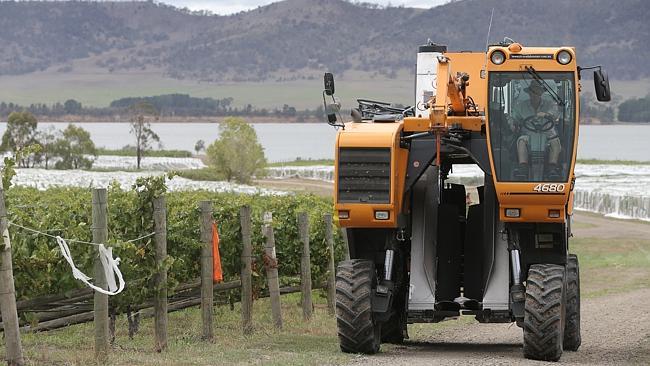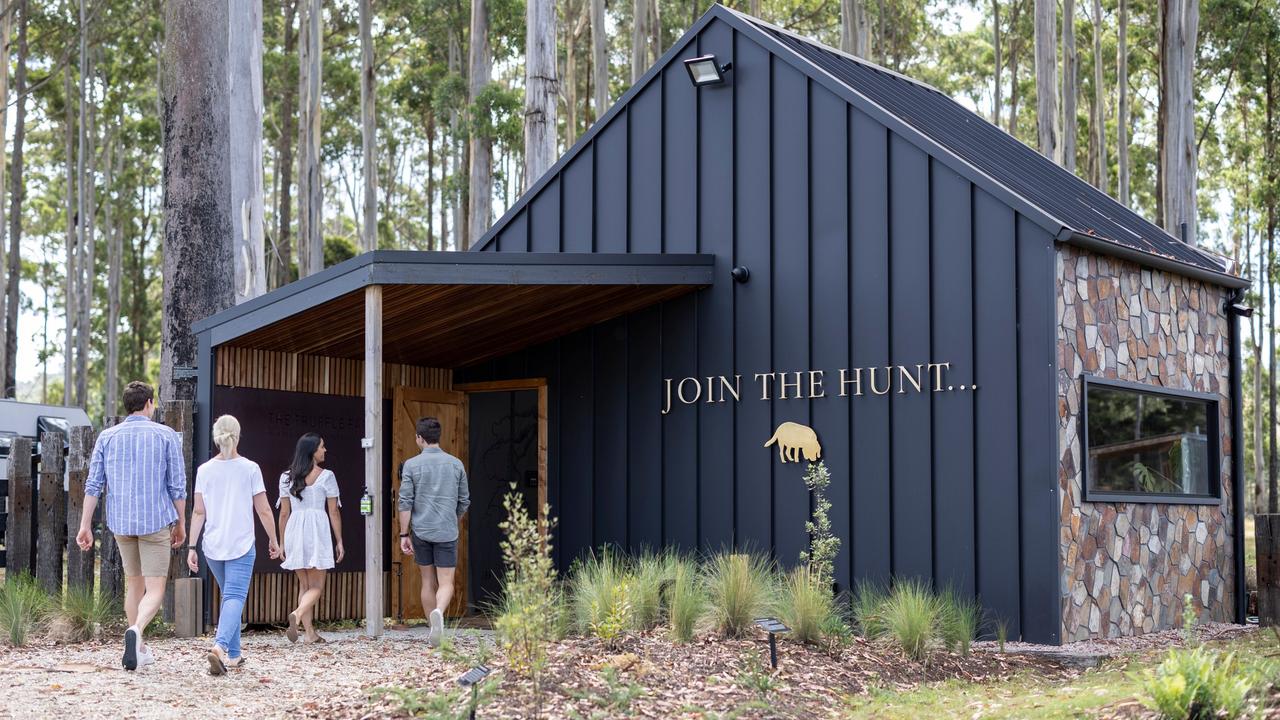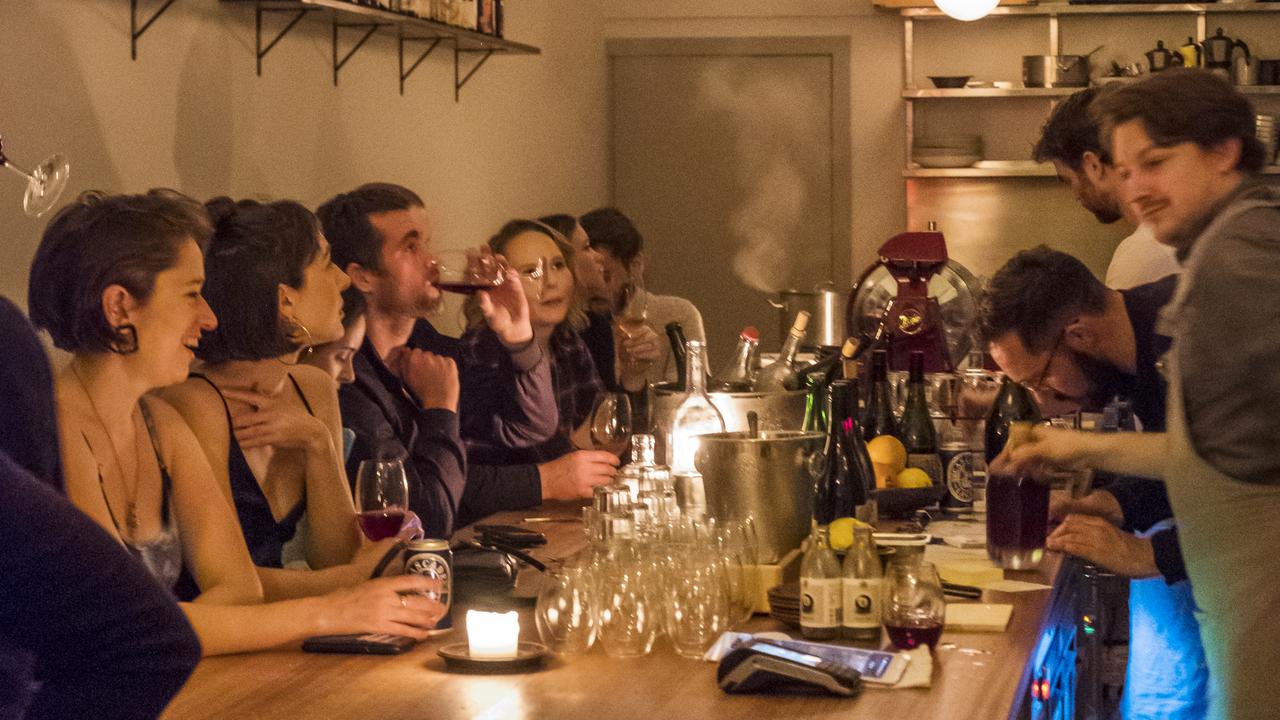Cutting-edge grape harvesting machine is the pick of the bunch
IT’S the latest thing in grape harvesting and a sure sign that Tasmania’s wine industry is coming of age.

Food and Wine
Don't miss out on the headlines from Food and Wine. Followed categories will be added to My News.
IT’S the latest thing in grape harvesting and a sure sign that Tasmania’s wine industry is coming of age.
Normally, it takes a crew of 24 pickers up to seven hours to harvest one hectare of grapes but this $500,000 Pellenc 4680 made short work of 11ha of sparkling grapes in 20 hours at Ian Roberts’ Riversdale Estate at Cambridge recently.
“The machine has cut labour costs by up to 80 per cent, it’s huge,” Mr Roberts said.
The harvester, one of only three in the country, takes grapes off the bunches and stems are discarded.
However, the property still hand-picks its grapes grown for premium wines.
“We have had a really warm summer and haven’t had anything to retard grape growth. The grapes are in their element so it should be a good yield,” Mr Roberts said.
This year’s wine vintage is one of the state’s earliest ever.
The first grapes for sparkling wine – harvested at lower levels of ripeness than grapes for table wines – were picked on the East Coast in early February followed not long after by fruit off vineyards in the North, Coal River and the lower Derwent – all much earlier than normal.
Viticulturist and winemaker Paul Smart compiled a report for Winemaking Tasmania in early February, drawing on data from seven sites in different wine regions of the state comparing this season’s heat and rainfall with previous seasons and long-term averages.
Mr Smart found the 2015-16 season was both the hottest and the driest ever, with temperatures significantly above and rainfall significantly lower than the long-term averages.
“It will be a short, sharp vintage – one of the earliest to begin and earliest to finish. One of the rare seasons in Tasmania where flavour development will be well behind sugar development,” he said.
Mercury wine writer Graeme Phillips said hot, dry seasons are good news.
“The threat of disease is far less and everywhere around the state quantity and quality of the grapes are looking good,” he said.
Read more rural stories in Tasmanian Country, out every Friday.


